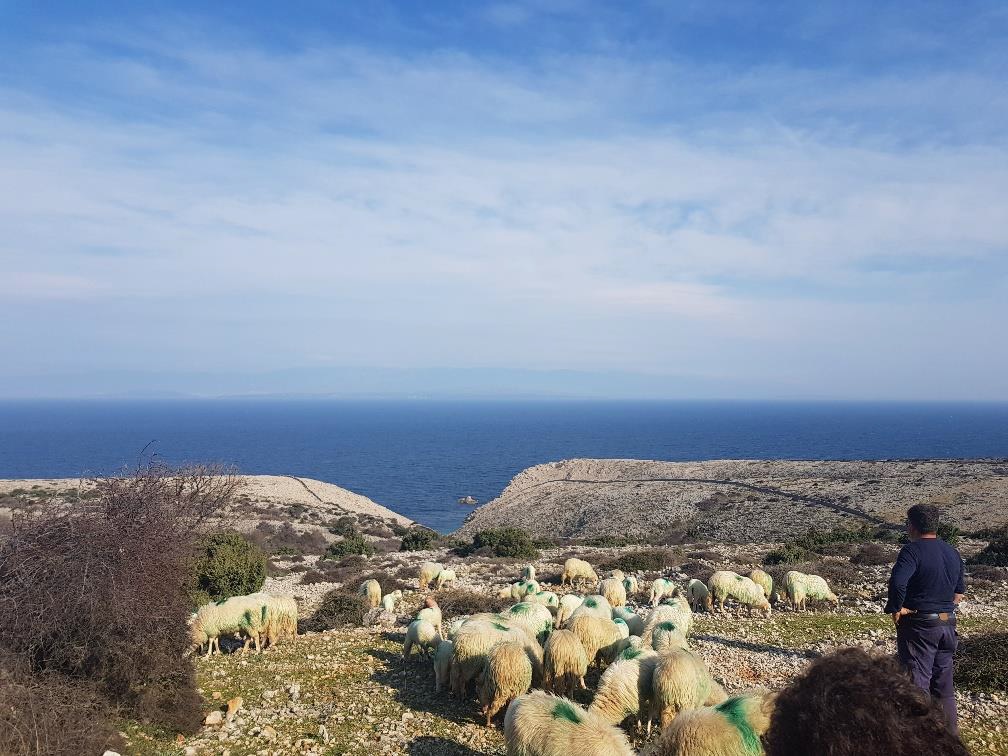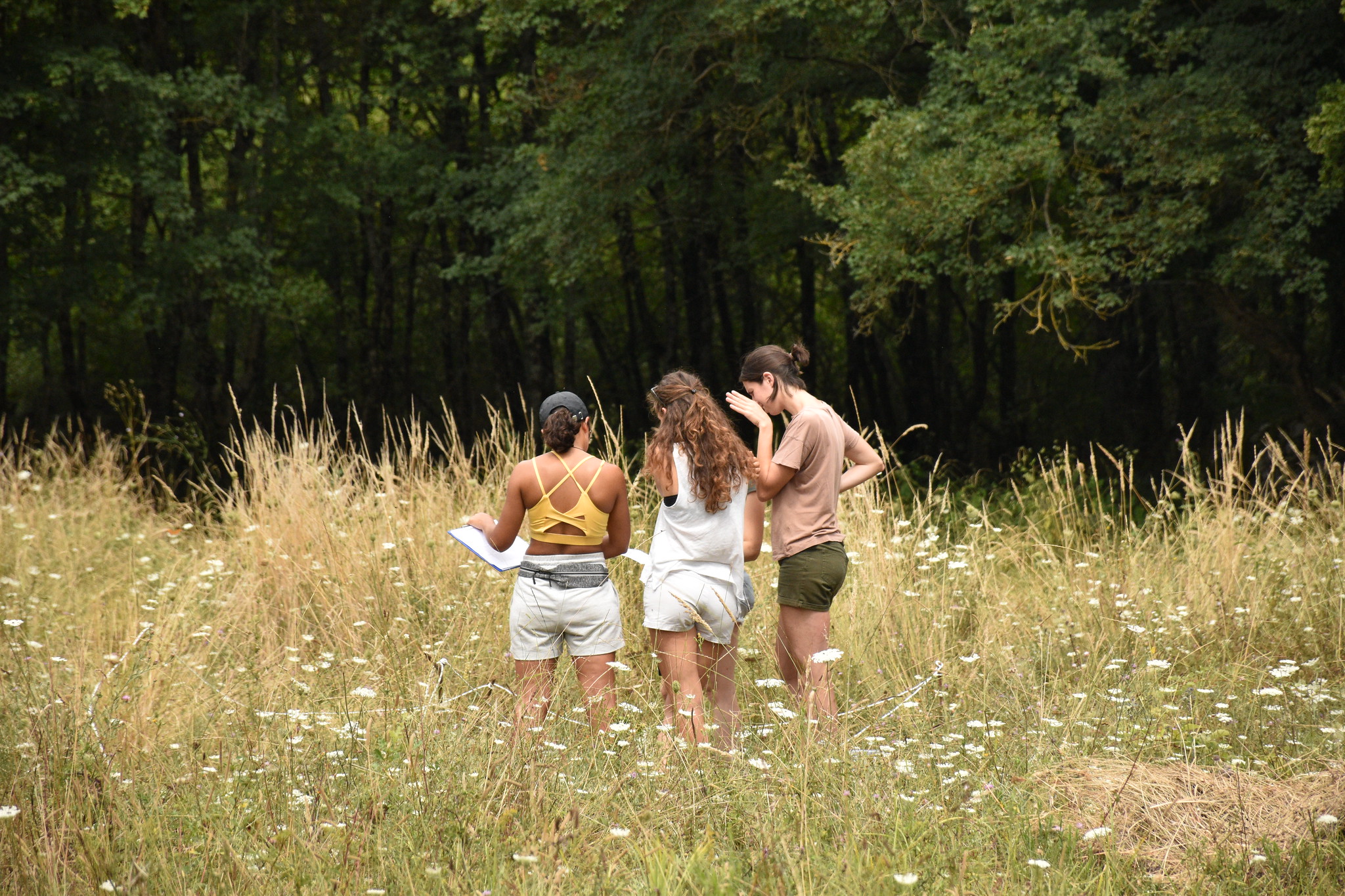Early in October, Tomislav Sotinac attended a meeting of our project partner, Adriatic Monk Seal. Read his report below
The Biom car is speeding on, carefully and following all the speed limits, all the way to Montenegro. Which is to say—I’m going downhill. The exit of Ploče, then across the Pelješac Bridge, and soon enough even Dubrovnik is left behind when I finally see this endless expanse—the endless expanse of all types of vehicles stuck in traffic on the border between Croatia and Montenegro. I’m sitting in the car, inching my way towards the border, and thinking.
About a month ago, just as we got back from our holiday (still a bit hungover), we received an email, and inside that email was a video. Not just any video, but a video of the Mediterranean monk seal. Okay, that may not be so strange in and of itself; after all, there are many videos of that animal. This one, however, is special because it was shot in the Adriatic, in Montenegro. This is confirmation that Mediterranean monk seals are deciding more and more to undertake the journey from Greece, across Albania and Montenegro, all the way to Croatia. This gives us hope that the Adriatic will become home to a new population of Mediterranean monk seals after so many decades, and we have to be ready for that.
We have to find out which sea caves they would use to raise young ones, we have to learn how to conduct monitoring of those caves, and how to eventually make them protected in order to prevent tourists from entering and disturbing the monk seals. To be as successful as possible in this new project, and to use all the knowledge passed down to us by our Greek friends, we decided to meet up in Montenegro and share our experiences gathered during the earlier Eastern Adriatic Monk Seal Project and the new Adriatic Monk Seal Project.
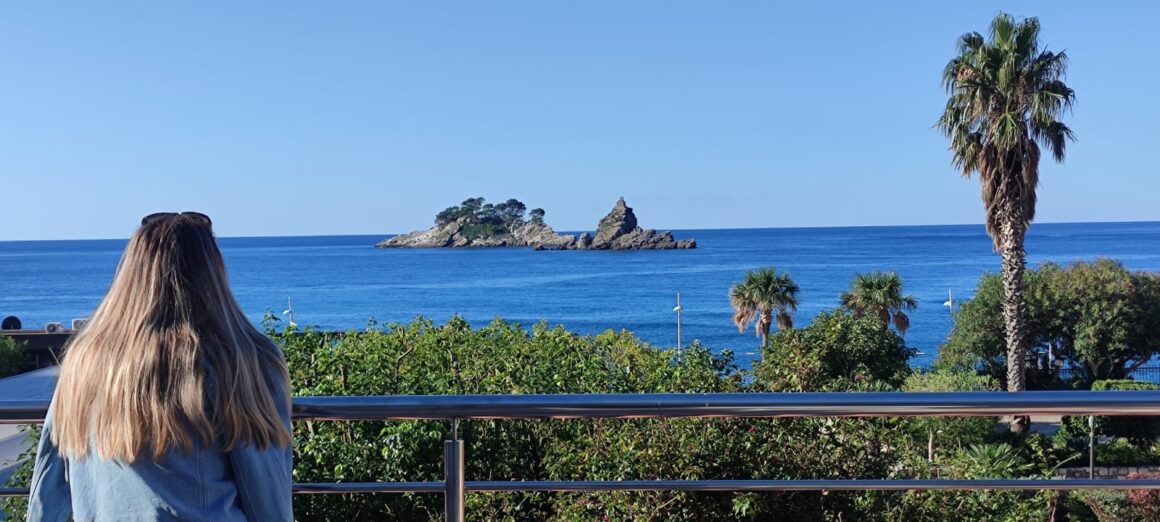
I arrive in Petrovac, a small town with large hotels that has managed to retain its Mediterranean charm despite the influx of tourists. Here, I meet the Montenegrin team. I already know Neven Petković and Ksenija Medenica from the Center for Protection and Research of Birds of Montenegro, but there are others I still need to get to know. Dušan Varda is one of them—a true Renaissance man, diver, and cameraman for documentaries. He works with the Mediterranean Center for Environmental Monitoring and is one of the organizers of this meeting.
Then there’s Đorđe Kovijanić, also a diver, who proudly shows off the new piers he helped build in the town of Bar as we set sail from the port. Ivan Vladimirov, a computer whiz with an infectious smile, also joins us; he shoots sports events in his spare time. Miloš Pavičević, a diver and speleologist, has explored caves across Montenegro and Croatia, working alongside our team’s own cave experts.
Our Albanian colleagues soon arrive as well, including Trim Haskoçela, a veterinarian, and Alessio Shehu, from RAPA Vlora and FLAG Pine. We’re also joined by Lisa Leschinski, whose work with EuroNatura has been crucial in supporting our efforts to protect Mediterranean monk seals. I also meet Dr. Luigi Bundone, an Italian and proud Sardinian, who’s a seasoned scientist from Ca’ Foscari University in Venice. With over 20 years of experience studying Mediterranean monk seals on three different continents, Dr. Bundone has contributed his expertise not only in this part of the Mediterranean but also in Israel and Mauritania. His knowledge, along with the insights from our Greek colleagues from the previous project, is invaluable to our work.
Upon arrival, we honor tradition and toast with rakia, sealing our hopes that the coming days go according to plan.
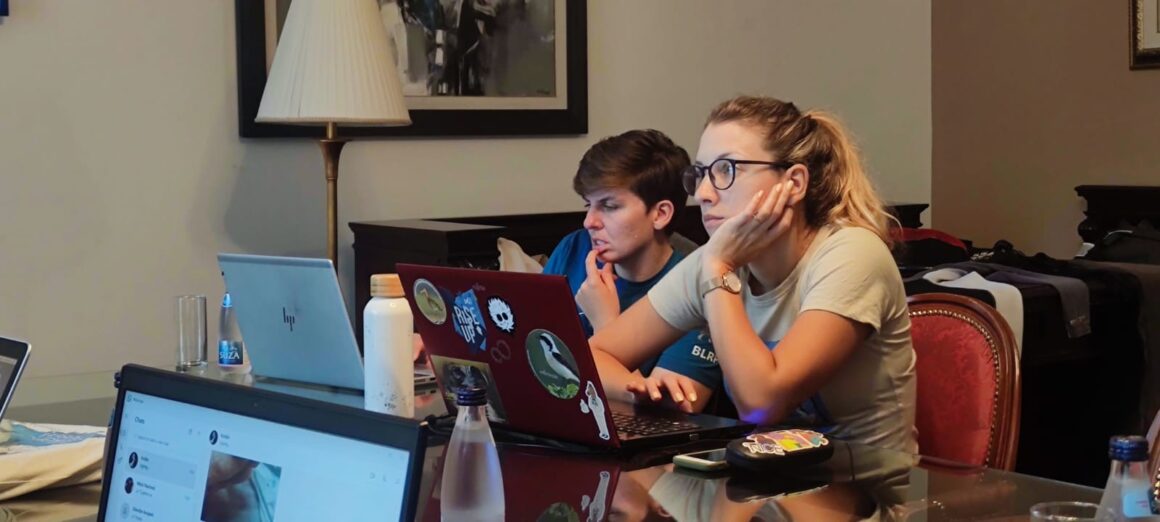
On the first day, we discussed the significance of Mediterranean monk seal sightings in the Adriatic and how to classify these sightings. Ante Kodžoman from Biom’s Sinj office, along with our Albanian colleagues Kostadin Xhaho and Sabina Cano from PPNEA, and Laureta Sadikllari from FLAG Pine, joined us online for the conversation. Dr. Luigi presented the forms he uses in his research to help people accurately report sightings of “some animal” at sea. These forms are designed to identify if the animal is indeed a Mediterranean monk seal, as well as to note details like gender and length. Such data is crucial for understanding movement patterns of the seals in the Adriatic.
Dr. Luigi also demonstrated his techniques for setting up camera traps in caves, both for tracking monk seals and for monitoring human activity in these spaces. Our Albanian colleagues mentioned that some of their caves had previously been used for smuggling, although thankfully, that’s no longer the case. Luigi explained various ways of mounting camera traps securely in caves, including drilling methods to ensure that cameras are resilient against strong waves and potential theft. He also shared his techniques for protecting the cameras from seawater, noting that saltwater and technology are a challenging combination.
However, he cautioned us that despite our best efforts, some camera traps would inevitably fail—whether from water leakage, theft, or technical glitches. I found myself nodding along, as these issues echoed many challenges I’d faced in lynx monitoring—except, of course, for the issues with sea salt.
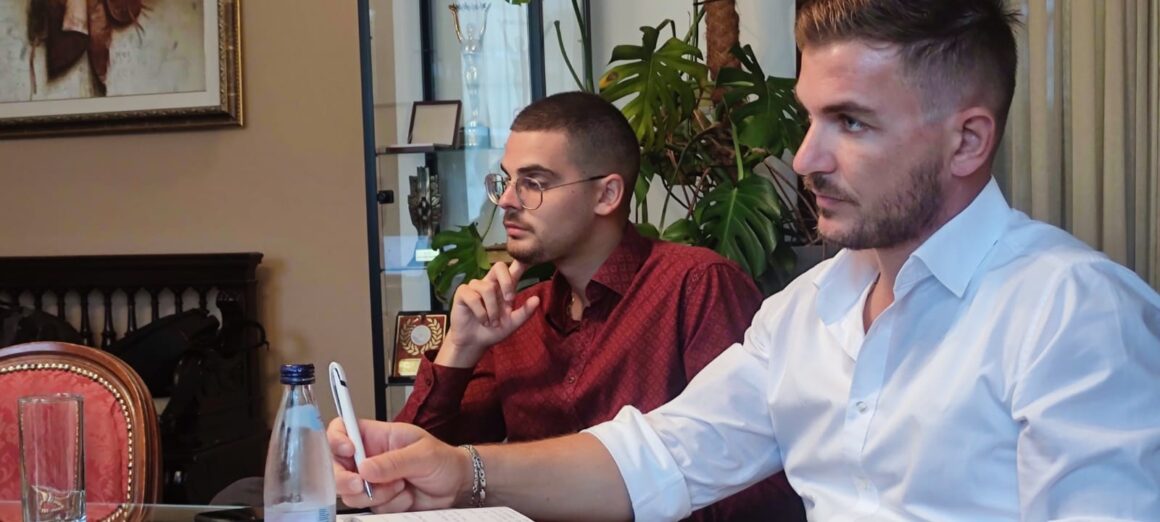
The second day dawned sunny and calm, perfect for our fieldwork. We set sail from Bar Port with our captain, who, tired of hearing tourists struggle with the pronunciation of his name, told us to just call him Jake instead of Željko. As we made our way from Bar to Ulcinj, we stopped by a few caves along the coastline. Luigi guided us in fieldwork, while Dušan, Đorđe, and Miloš set up camera traps.
After a productive day, we headed back toward Bar. But one final, mysterious cave awaited us—a cave so “dangerous” that, according to the team, they barely made it out alive the last time. I imagined dramatic scenes: perhaps a deep dive through narrow underwater passages or even sharks lurking at the cave entrance. However, once we reached Ulcinj, I learned the real story, and it was quite different.
The cave was “dangerous” for two reasons. First, to get to it, we had to cross a path leading down to a secluded spot known as Ladies’ Beach, an exclusive nudist beach for women reputed for its healing waters. On a previous visit, the male members of the team had been banished with angry shouts and threats from those on the beach, and they’d run into the protective partners of these bathers on their way out, barely managing to explain themselves. This time, we decided to play it safe and waited for permission from the beach manager. At 6 p.m., when the last beachgoers had left, we were finally granted access.
The second reason for the cave’s “danger” became obvious as we approached: it was home to a large number of pigeons and bats, so the cave floor and rocks were thickly covered in droppings. Navigating inside was tricky, but the Montenegrin team, undeterred, pushed forward to set up the traps and complete their work.
By the time we returned, we were all thoroughly exhausted and in need of a hearty meal to recharge. Over dinner, we discussed our next steps and each team’s plans for the coming months. We exchanged phone numbers, shared photos, and laughed over stories and jokes, which we then translated for Luigi, Lisa, and our Albanian friends. As the sun set over Katič Bay, fatigue finally took over, and one by one, we each retreated to our own “cave” for the night.
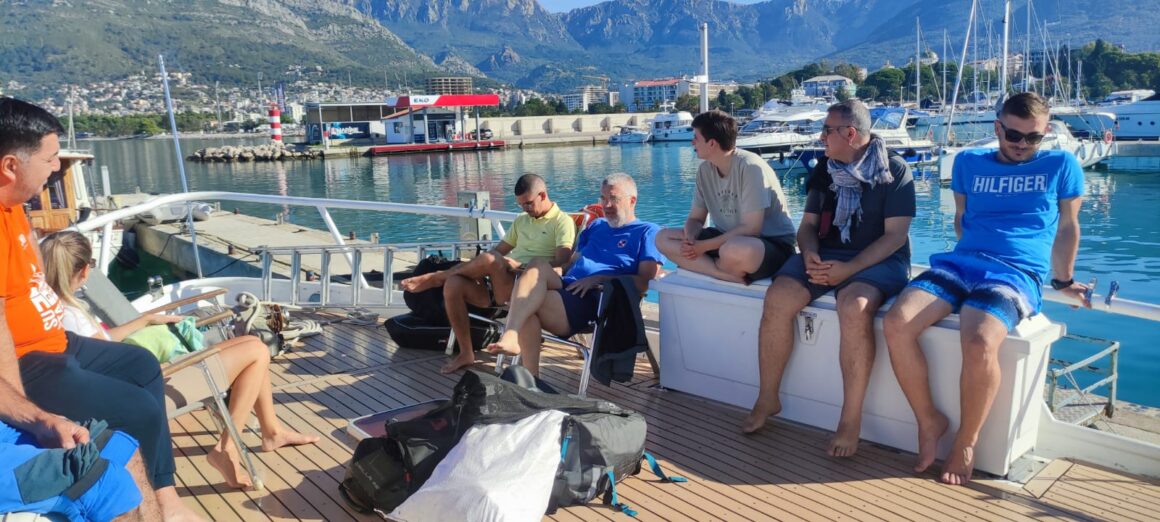
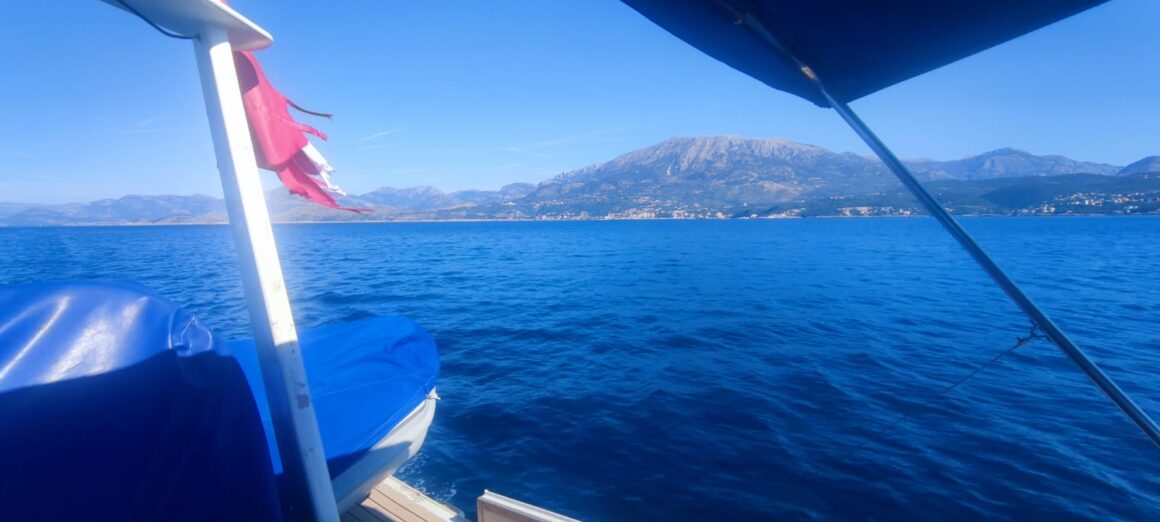
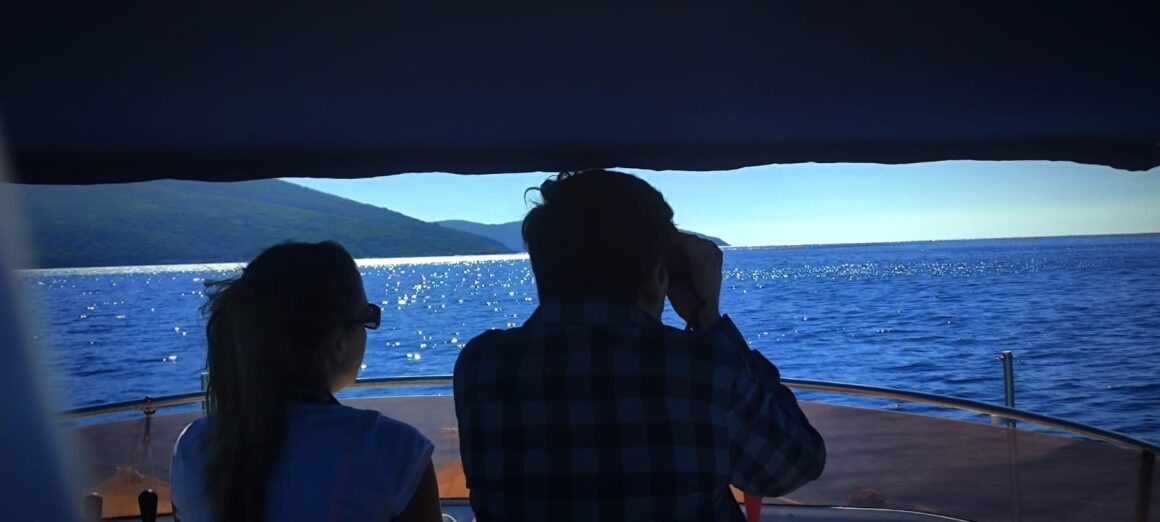
On the third day, we reviewed reports on completed activities and outlined plans for the months ahead. Luigi reminded us that, given the number of islands, the expansive coastline, and the sheer number of caves along the Croatian Adriatic, our chances of establishing a stable Mediterranean monk seal population—similar to the one in Greece—were promising. Yet he also cautioned that it would be a long process, and persistence would be essential.
I took a moment to express my gratitude to everyone who made this gathering possible, for their invaluable advice, and for all the experience and stories shared over these last days. Saying goodbye to such dedicated allies in the effort to protect the Mediterranean monk seal was bittersweet, and I waited for the morning of my return in quiet reflection.
On the drive home, I didn’t even bother with the radio or the border traffic. My mind kept replaying scenes of everything I had witnessed, the incredible people I’d met, and the knowledge I’d absorbed as we worked, dived, and toasted together to our shared mission.
Thanks to our partners from Montenegro for the photographs.




